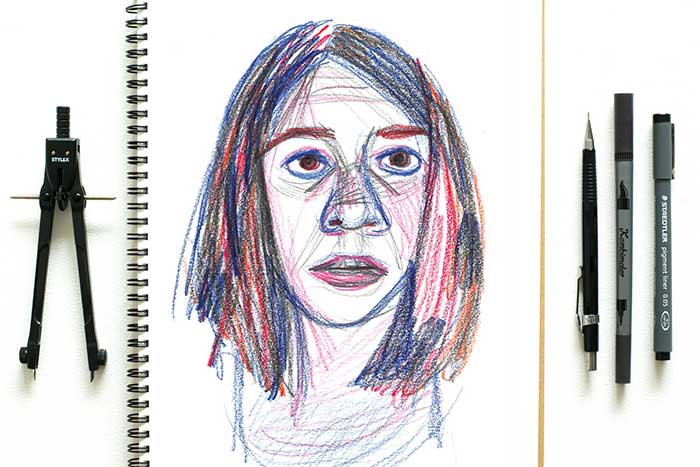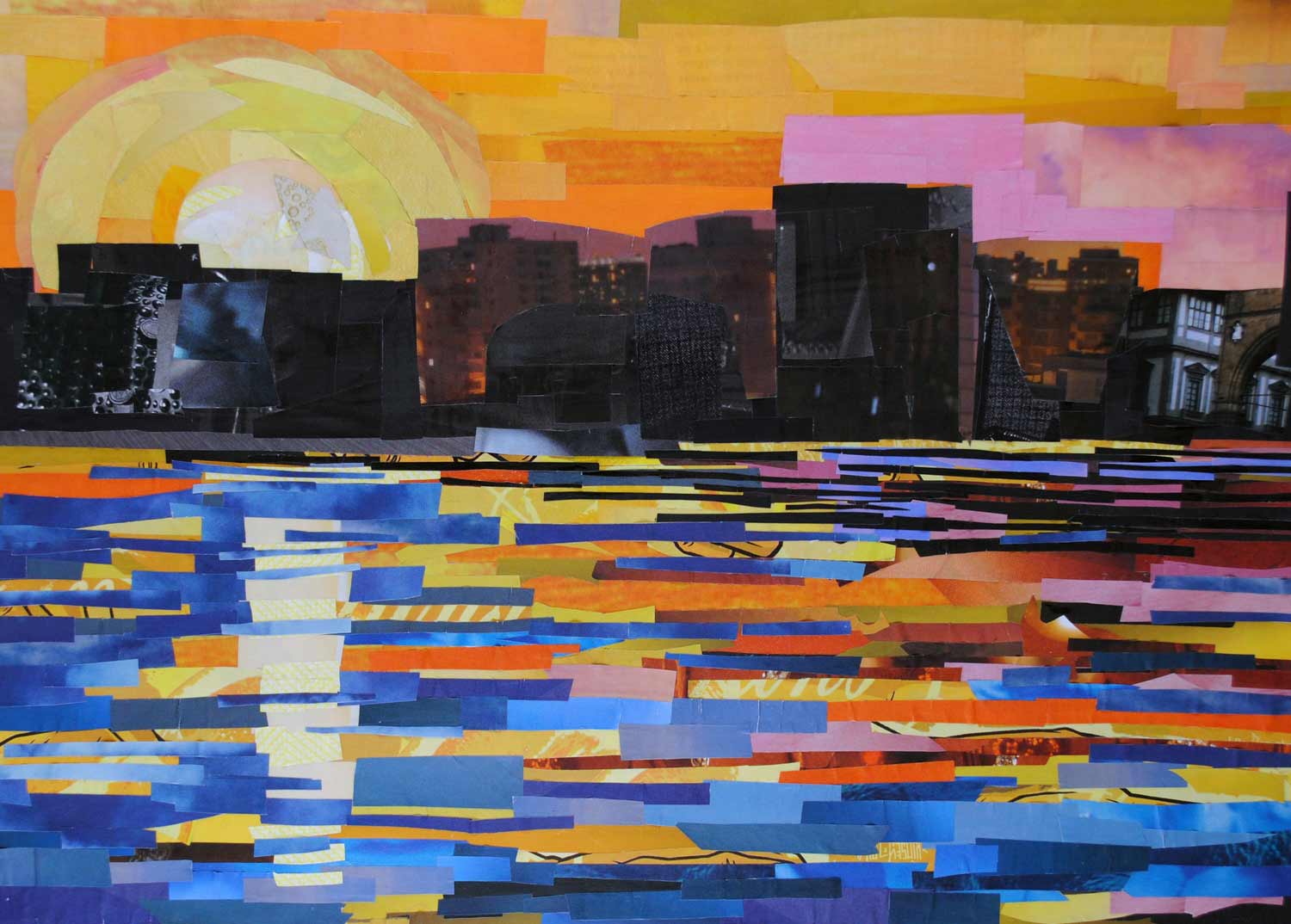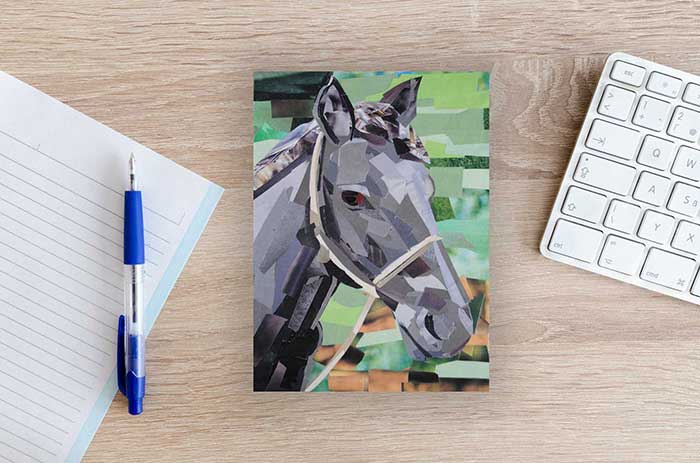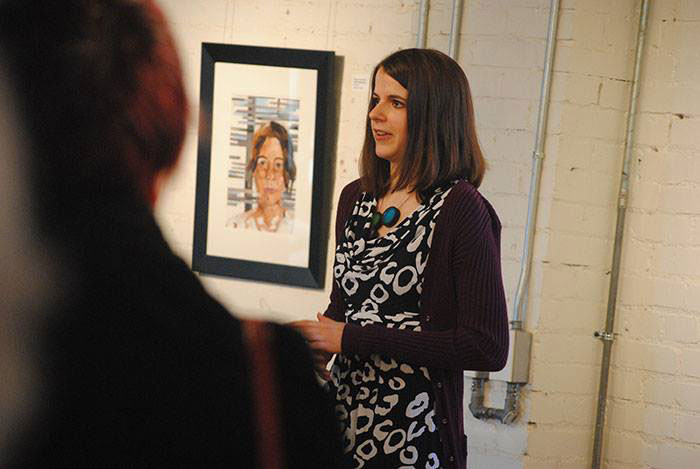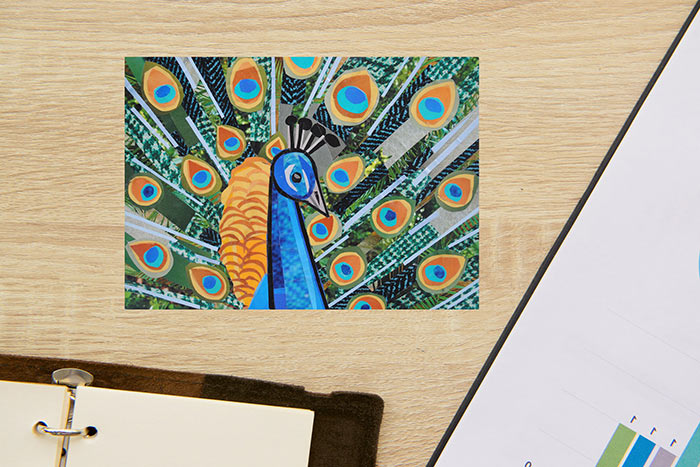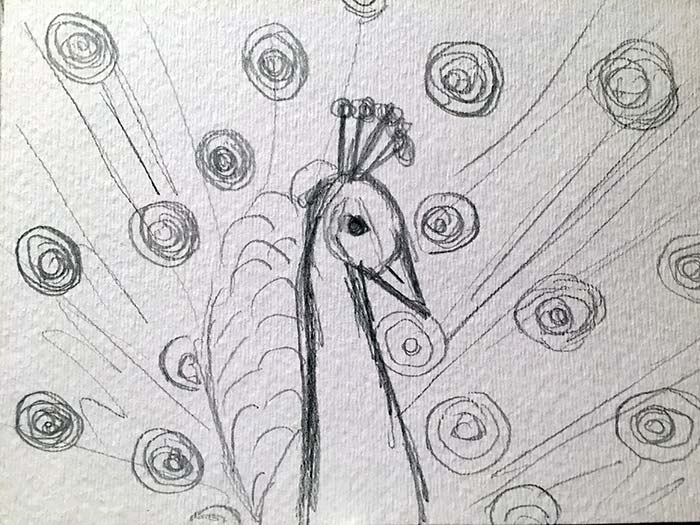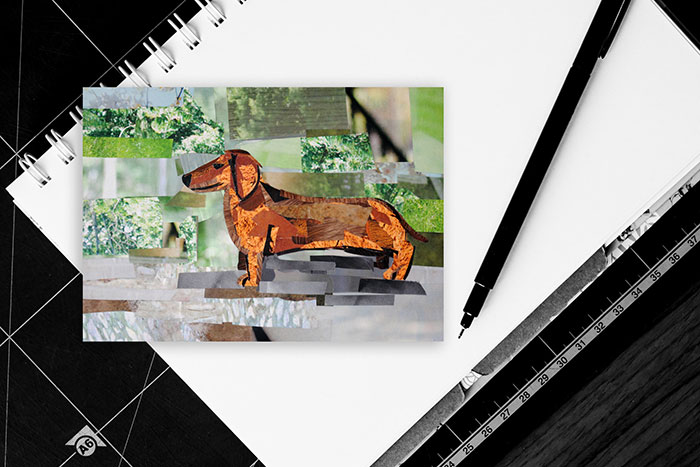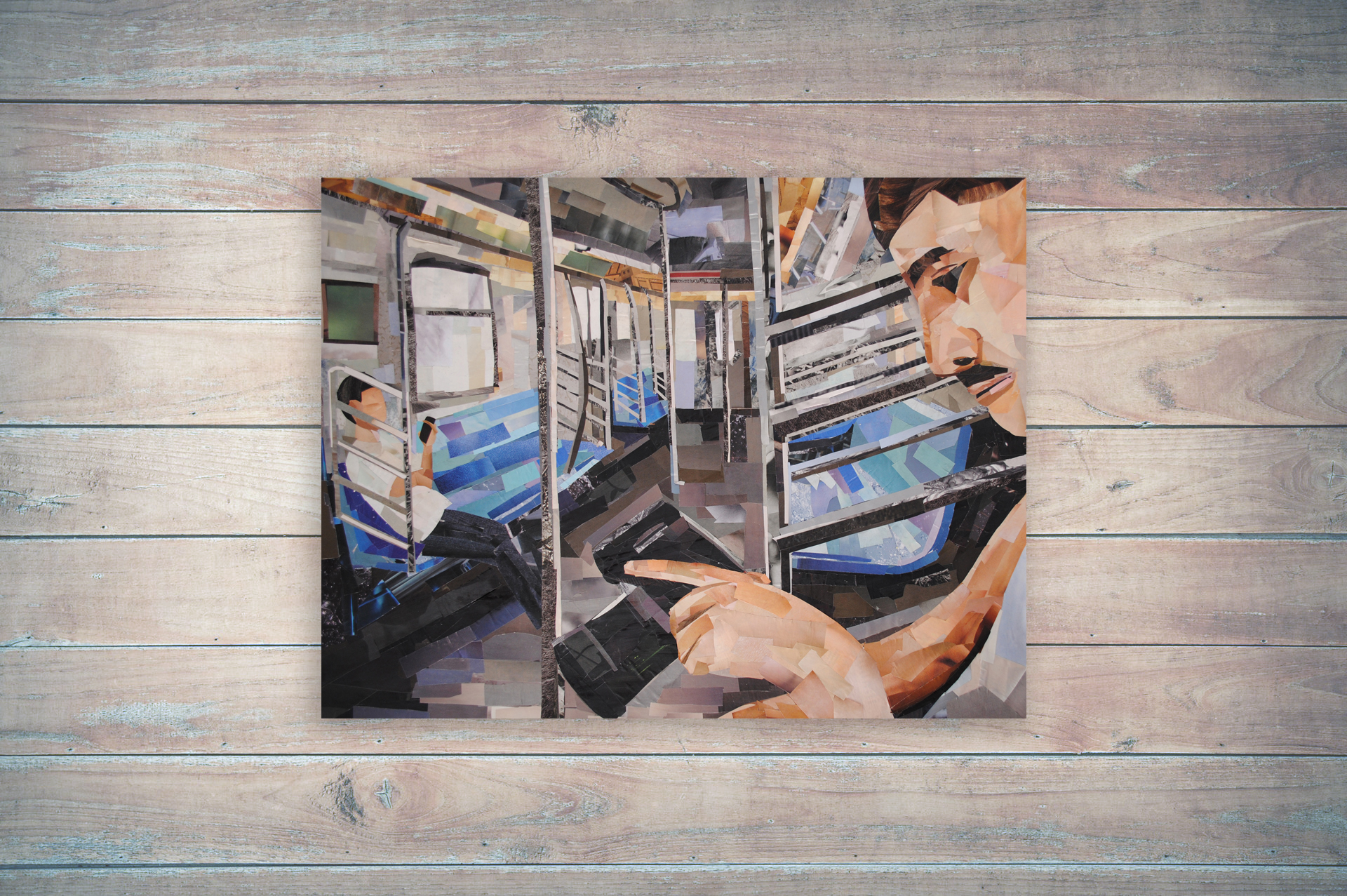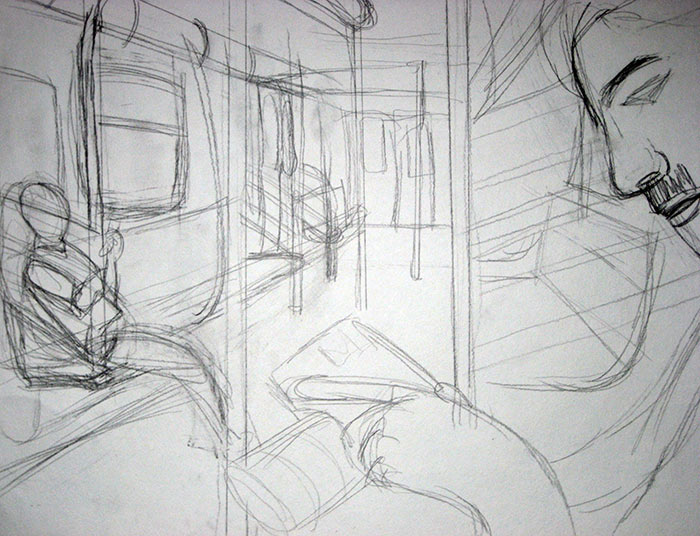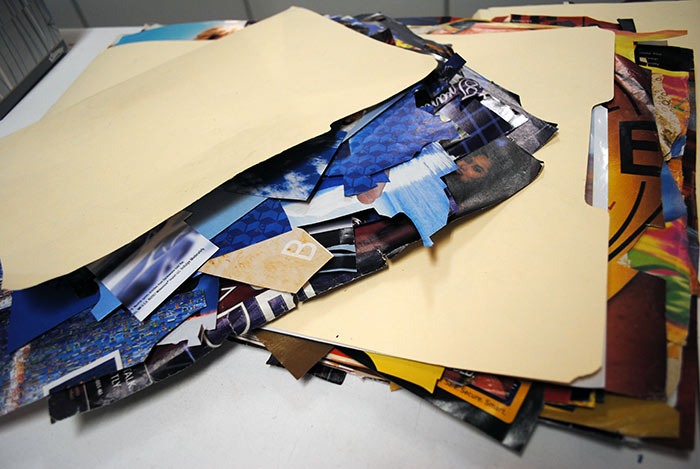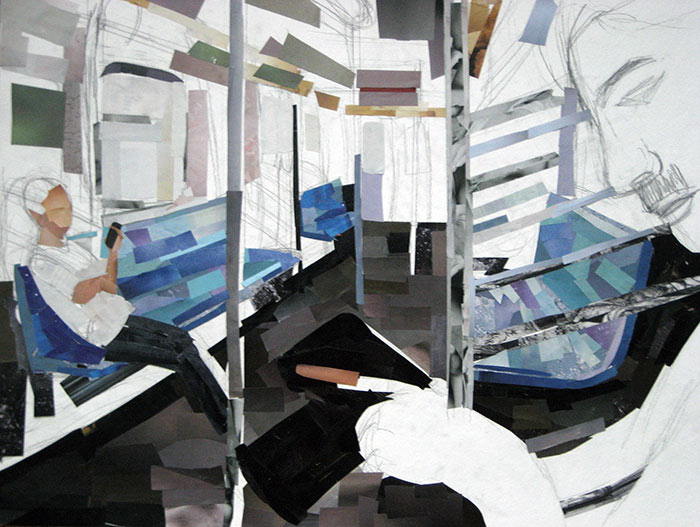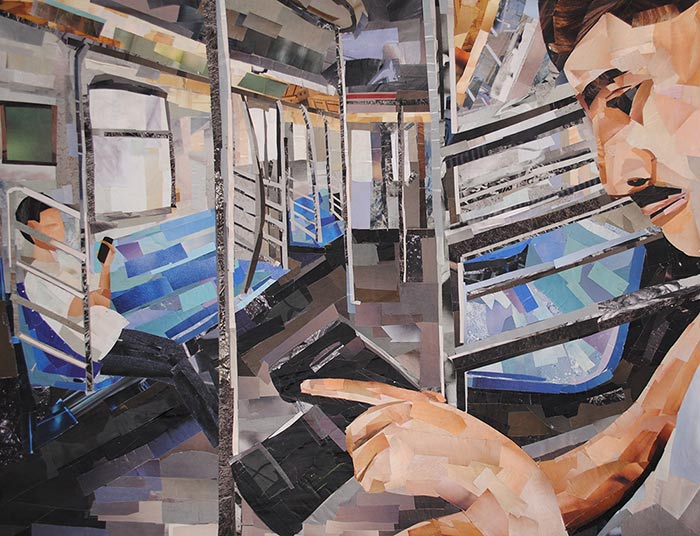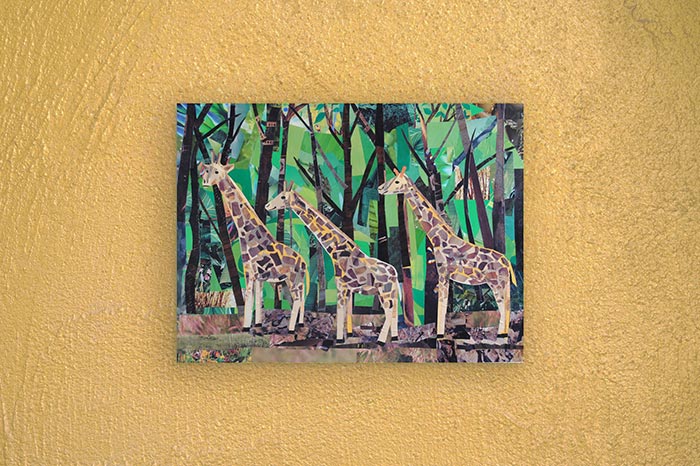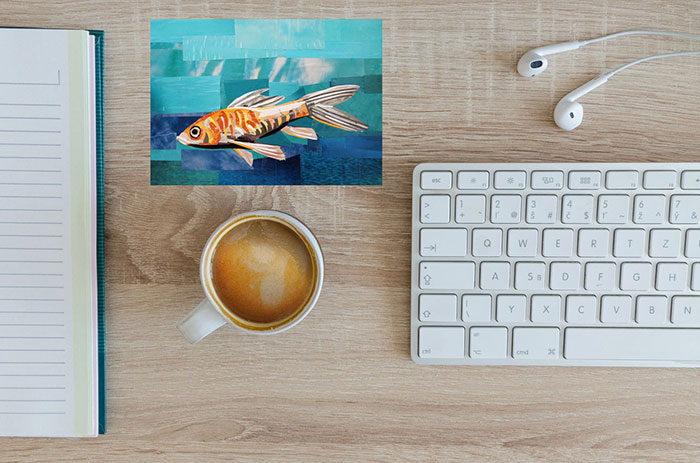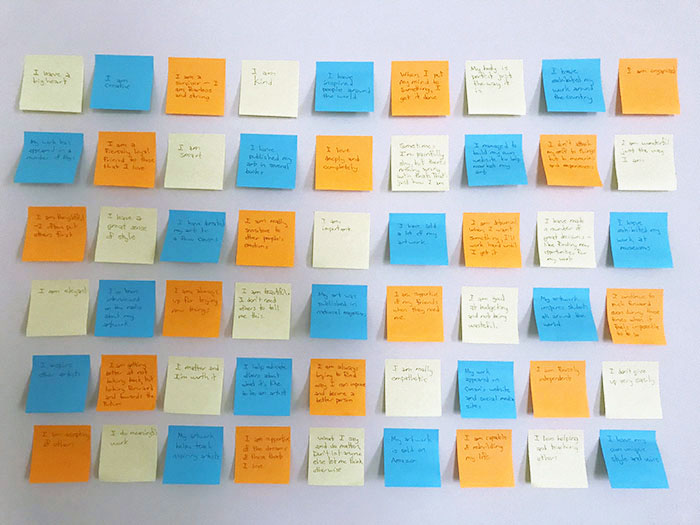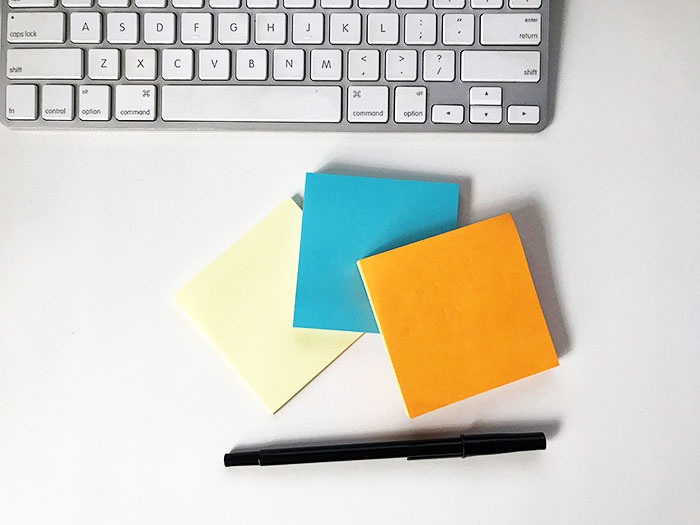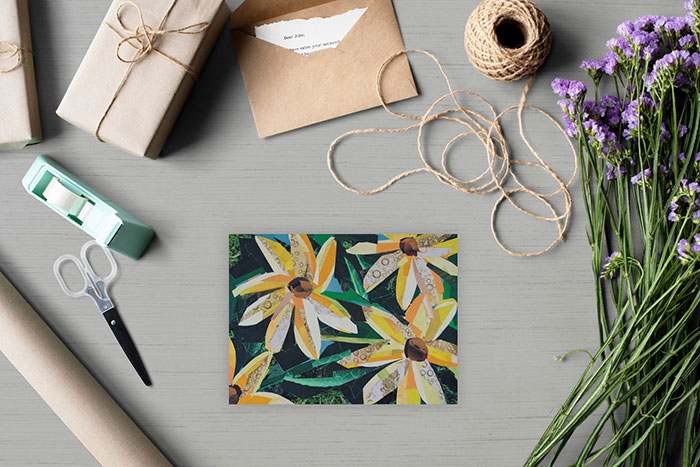
It’s easy to be unorganized as an artist, especially when the materials you use for your craft keep piling up over the years as you collect or save various tools. It’s also easy to lose track of your artwork, or allow all your promotional materials and original art to clutter up your studio. Instead of letting your studio get in complete disarray, here are a few tips to keep your creative life organized:
1. Use organizers for your materials
There are all sorts of plastic drawers you can use for organizing drawing tools, scraps of paper, paint, clay, and more. Organizers will help keep your tools and materials in order, so they don’t end up scattered around your studio or home.
2. Use portfolios for 2d work
Portfolios can help organize your flat or 2d artwork, and can also serve as an excellent way to transport your artwork to other places like galleries or studios.
3. Keep track of your art inventory with a spreadsheet
Over the years, it’s far too easy to lose track of the artwork you’ve made and where it is. Creating a spreadsheet inventory, can help you keep track of where everything is. It helps to keep a thumbnail of every work of art in the spreadsheet, along with the date of creation, dimensions, location (at your home, in an exhibit, or sold to a client), client info and date sold (if applicable), exhibits/publications it’s appeared in, and if you have any additional notes on a specific work of art. Then you can keep your inventory updated whenever you create new artwork or sell and exhibit existing art.
4. Create a filing system for your marketing materials
On your computer, keep a folder filled with marketing materials that you use to promote your artwork, such as your artist resume, biography, artist statement, and any digital files of postcards or other mailers you’ve used to promote your work. By having everything maintained in one place, you can easily find your art-related materials whenever you need to promote upcoming shows. You can also throw out outdated, printed marketing materials that are no longer relevant, especially when it’s easy enough for you to print out a new, updated copy.
5. Keep a calendar dedicated to your art-related activities
Maintain a calendar that has all the dates related to your exhibits, gallery application deadlines, and art-making schedule.
6. Stick to a schedule
By sticking to a schedule for when you make artwork, and when you plan to take a couple of days off from it, is important to ensure that you are consistently making artwork and working on your craft.
7. Designate a space
If you have a studio, that should be your dedicated space for your artwork. Try not to let your artwork and materials clutter your home or non-studio spaces. If you don’t have a dedicated studio, dedicate a specific section of your home to your art-making. By defining your art space, you can constrain the materials and art to that one space, and you don’t have to declutter it from other sections of your home.
8. Get rid of what you don’t need
If you haven’t used something in a couple of years, chances are you won’t end up using it any time soon. Remove the excess by tossing out, recycling, or donating anything you haven’t used in a while. By simplifying your workspace, it’ll be a lot easier to stay organized.
Staying organized makes any job a lot easier. Instead of sifting through piles of marketing or art materials, having a proper filing system can make it easier to locate what you need when you need it. By keeping your creative space more organized, you’ll have an easier time running your art business.
